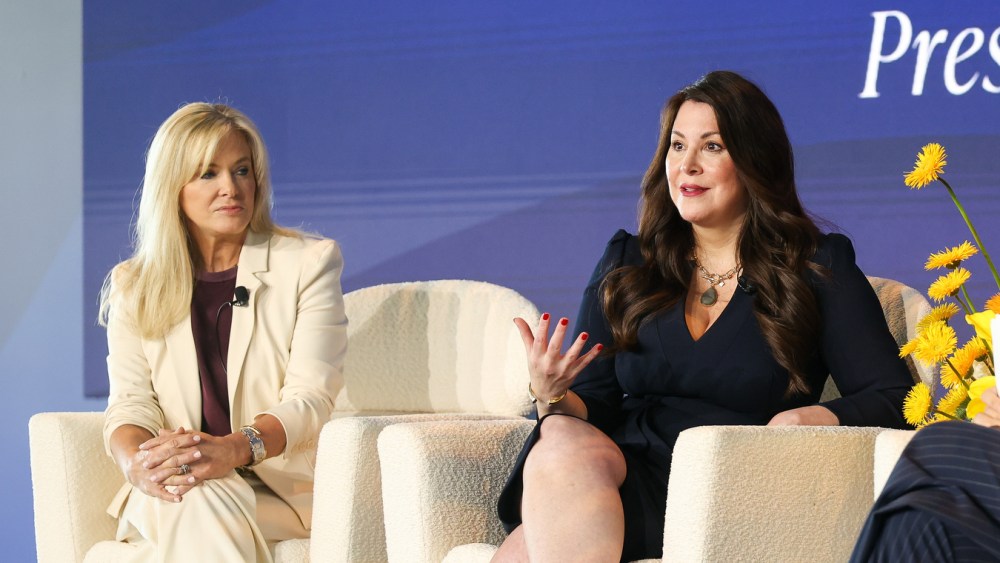Beauty marketplaces appear to be making a comeback, and for good reason.
Led by Amazon, online, multivendor platforms have seen momentum as new brands hop on the Amazon bandwagon each month, and retailers like Walmart and Ulta Beauty increasingly build out marketplaces of their own to compete.
“The consumer journey has shifted in a short amount of time — consumers are now telling us where they want to shop, and we should be leaning in,” said Market Defense’s chief engagement officer Vanessa Kuykendall, in conversation with Dime Beauty chief executive officer Cyndi Isgrig and WWD senior beauty editor Kathryn Hopkins at the 2025 WWD x FN x Beauty Inc Women in Power Conference.
“Speed matters — if a consumer sees a trend on TikTok, they can go right to a marketplace and pick up that product. They don’t need to wait for a [retail] buyer to respond to a trend,” she continued.
Dime Beauty, which was founded in 2018 and offers skin care, body care and fragrance, sold strictly direct-to-consumer prior to launching on Amazon. Now also at Ulta, the brand has found that “our Amazon shopper loves fragrance — we see that play out more than via other channels,” Isgrig said.
She added that there is a clear pipeline between social media virality and Amazon performance, with one viral TikTok video last September driving a 500 percent increase in Amazon search volume and a 5,000 percent increase in its ranking on Amazon search in the months that followed.
Other viral trends are reflected in what’s performing on Amazon, from men’s pheromone fragrances to Arab-inspired perfumes and beyond. “The number-one Arab fragrance brand on Amazon has zero retail penetration in the U.S. — its momentum is completely influencer-driven,” said Kuykendall, adding that even brands that haven’t directly gone viral can harness marketplace data to figure out how they can be part of the conversation.
“What we’re seeing now is that the consumer is not shopping in silos. They’re not focused on channels as much as they are focused on brands,” said Kuykendall, adding of Walmart’s increasing marketplace bet: “One in four Walmart beauty customers are Millennials, so they certainly have the audience — but can they bring the assortment and the premium experience? That remains to be seen.”
A longtime beauty veteran — she began her career years ago working at a MAC Cosmetics counter — Kuykendall also shared how the category has become a source of empowerment for her following her breast cancer diagnosis last year.
“What gave me a sense of control and dignity was leaning into products. I can’t do anything about my diagnosis, but I can use moisturizer with silicone to help my scars go away faster; I can use self-tanner to make them less visible,” Kuykendall said. “We’re in an industry where the market does benefit if we don’t feel good about ourselves. We can flip that — consumers can’t control how people see them, but we can be part of how they use beauty products to control how they feel about themselves.”
#Beauty #Brands #Harness #Online #Marketplaces #Amazon
